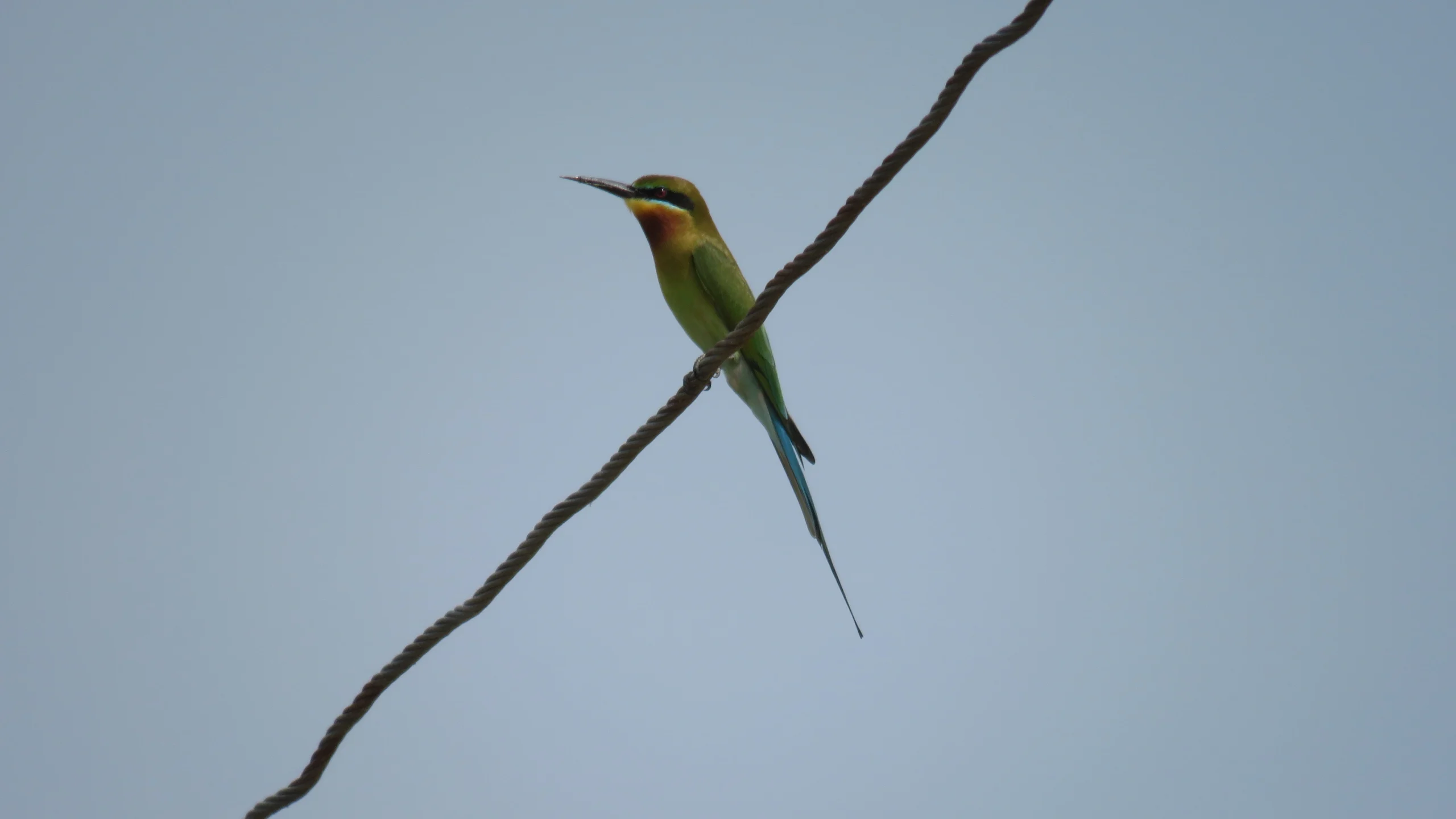
Bird Walk at Patrog, Himachal Pradesh
- Patrog
- 17 October, 2025
- Jaswant Singh

About Patrog
Partnered with
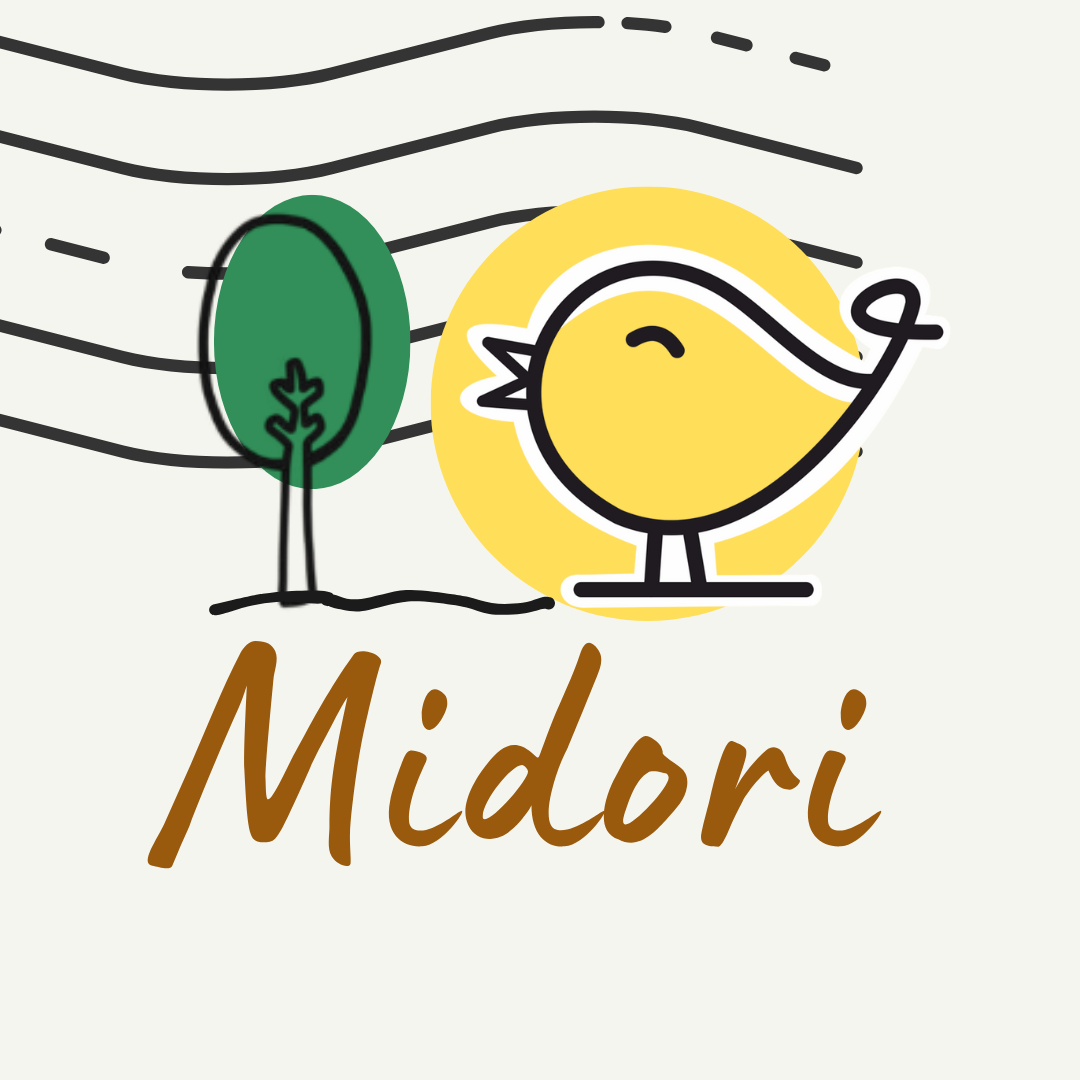

Bird Guide: Jaswant Singh
Nature Guide, Nature Lover, Wildlife Photographer and Filmaker. Loves to share bird stories and information on bird identification.
Bird walk Location
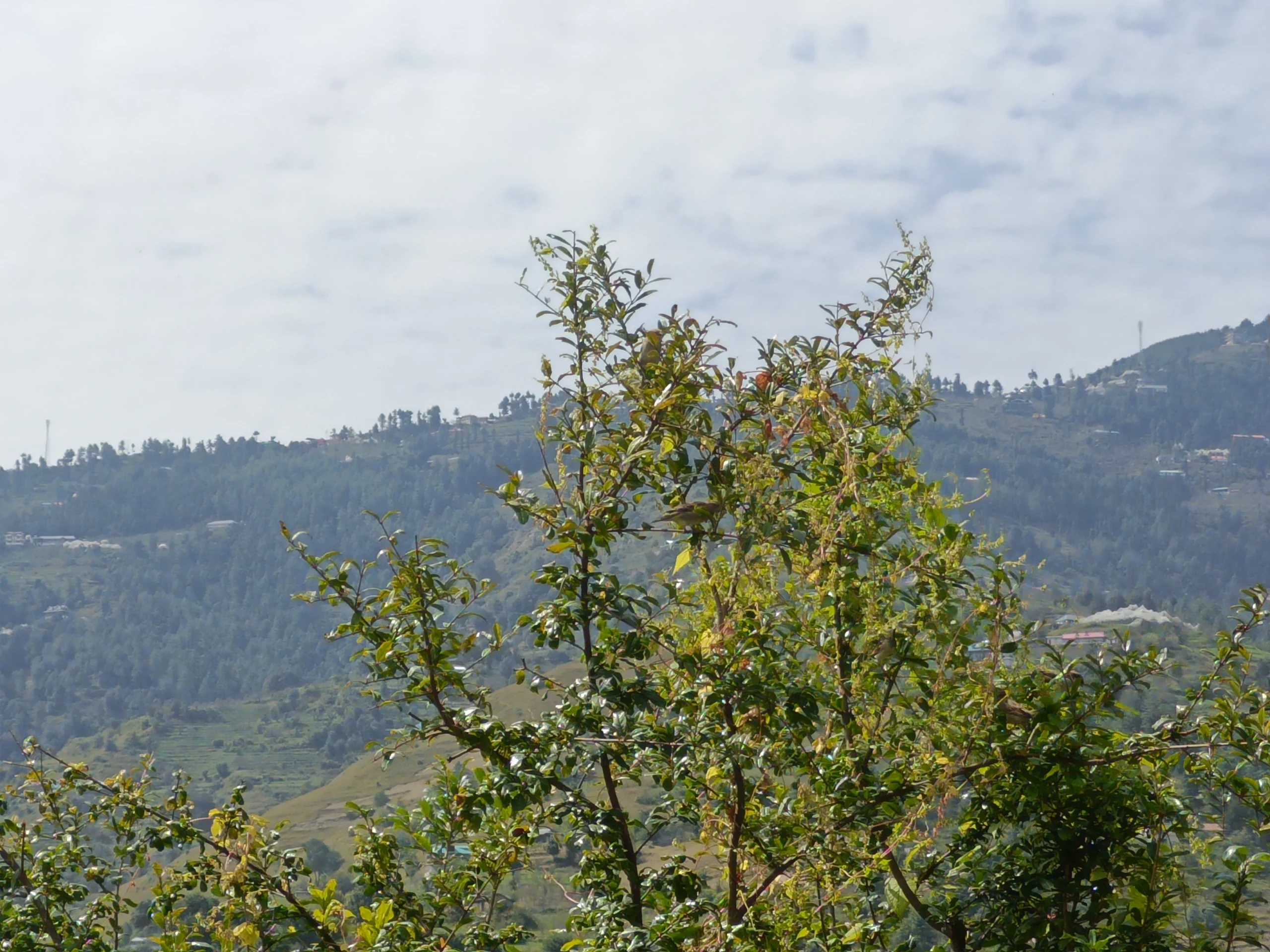
Common birds of Patrog
In the Himachal Pradesh foothill / lower Himalayan region around Patrog, some commonly recorded birds include the Kalij Pheasant Lophura leucomelanos, which frequents forest undergrowth and thickets.The Rusty-cheeked Scimitar Babbler Erythrogenys erythrogenys is another forest-edge species often heard in mid-elevation forests. Additionally, Tickell’s Thrush Turdus unicolor is a seasonal visitor in forest and edge habitats in the Himalayas.
These species reflect typical assemblages of forest and edge habitats in the Himalayan foothills—pheasants and understory babblers, insectivorous thrushes, along with warblers, woodpeckers, sunbirds, flycatchers, and raptors that would be expected more broadly in Himachal’s birding zones.
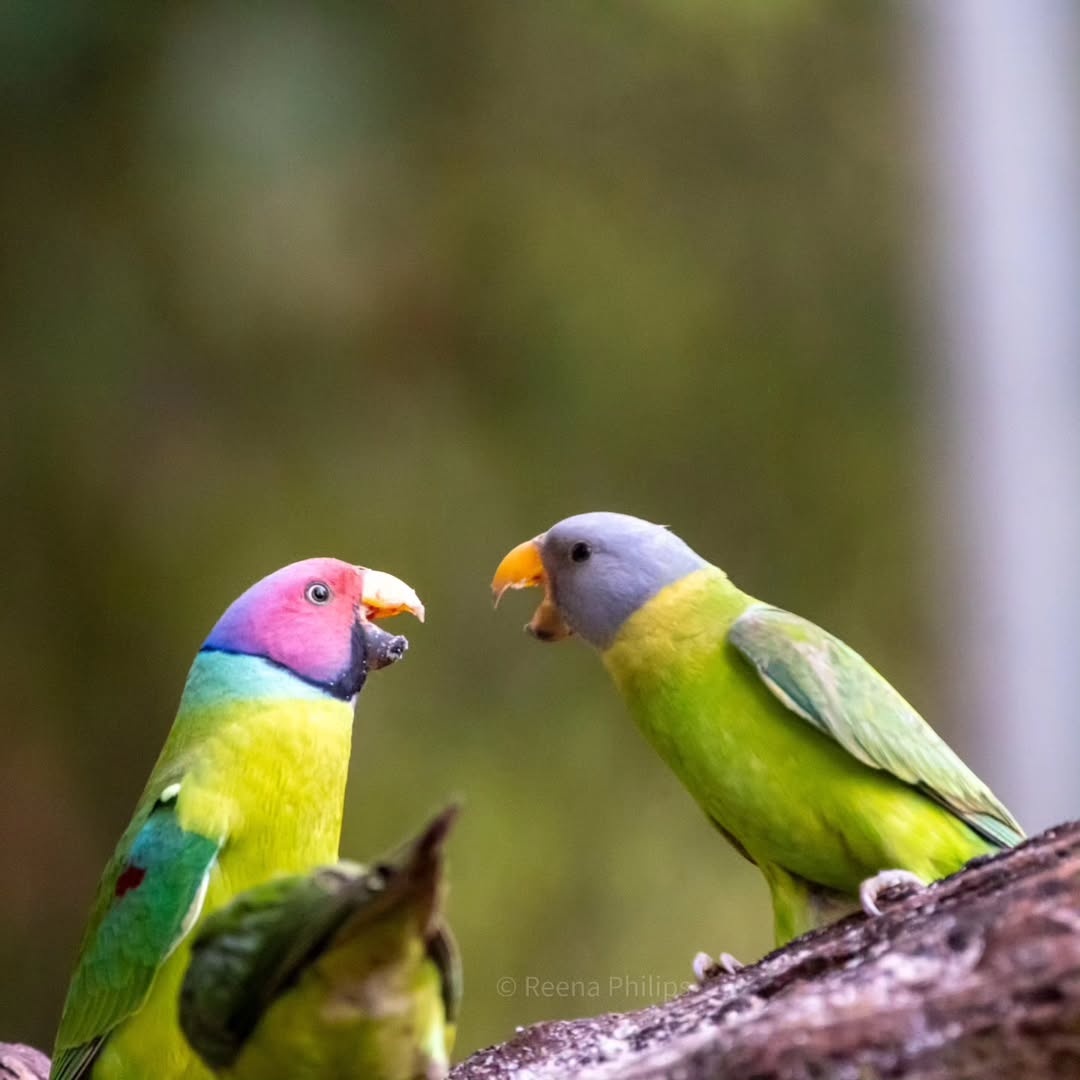
Plum-headed Parakeet
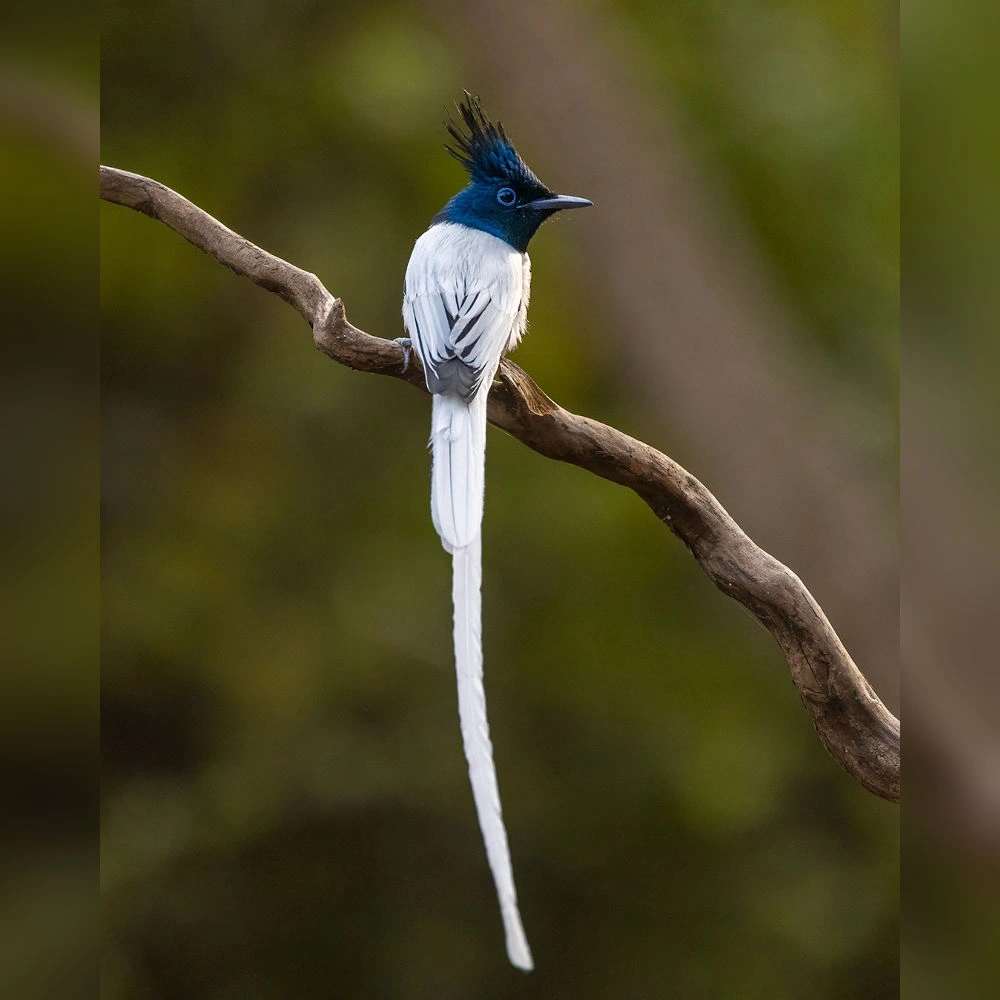
Indian Paradise Flycatcher
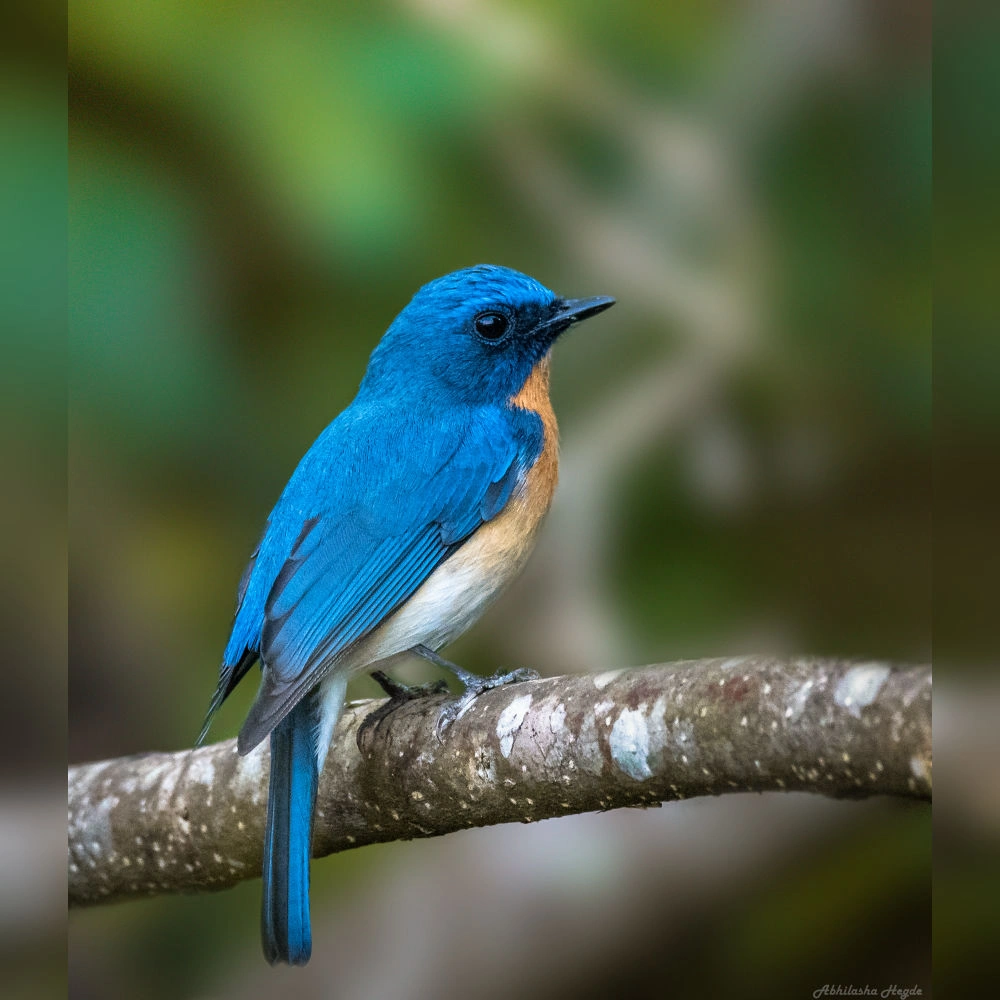
Tickell's Blue Flycatcher
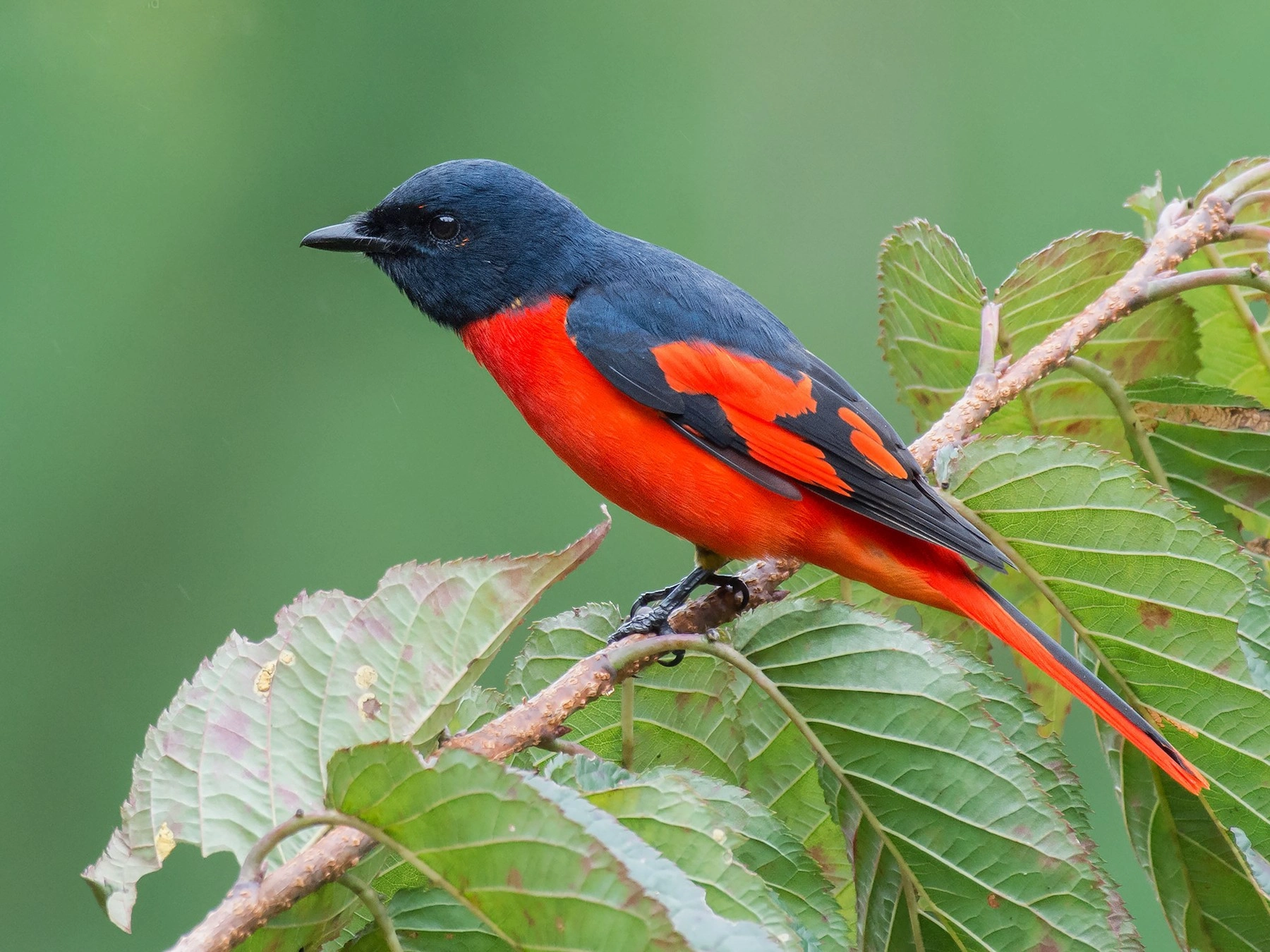
Scarlet Minivet

Oriental Turtle Dove
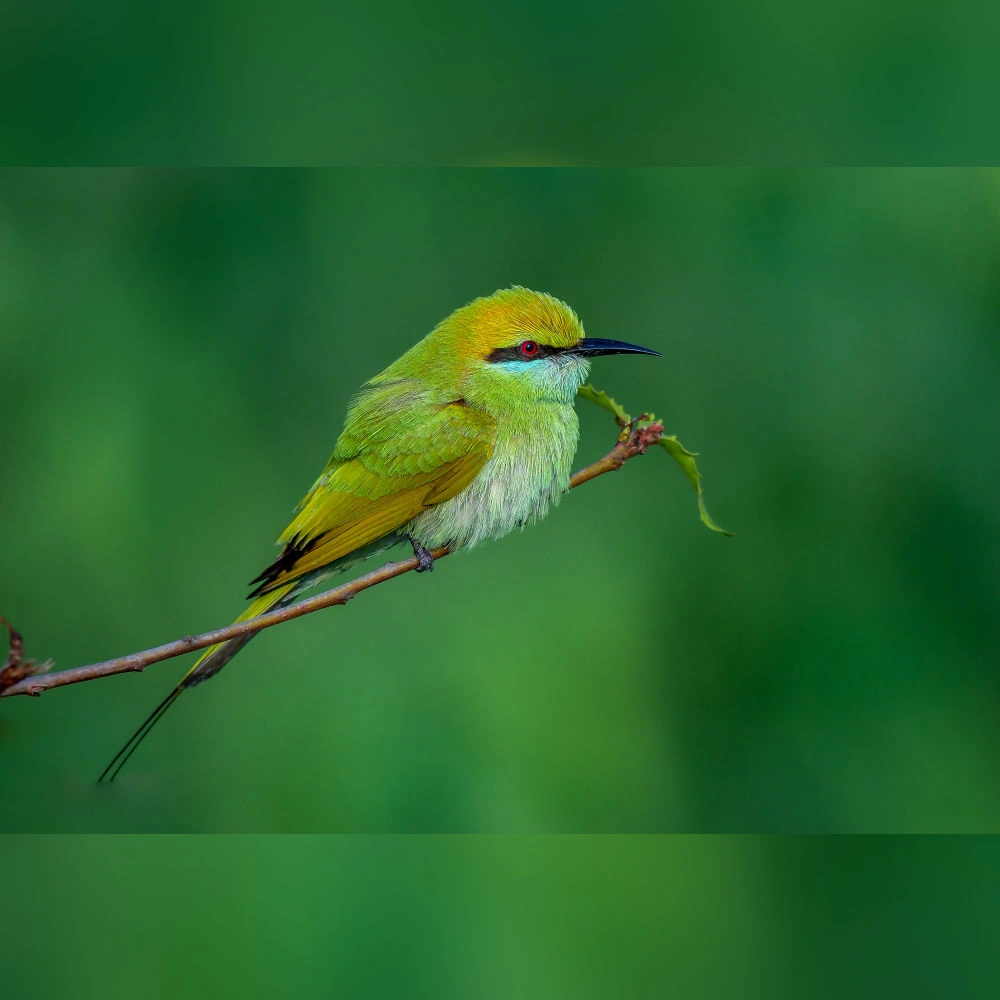
Asian Green Bee-eater
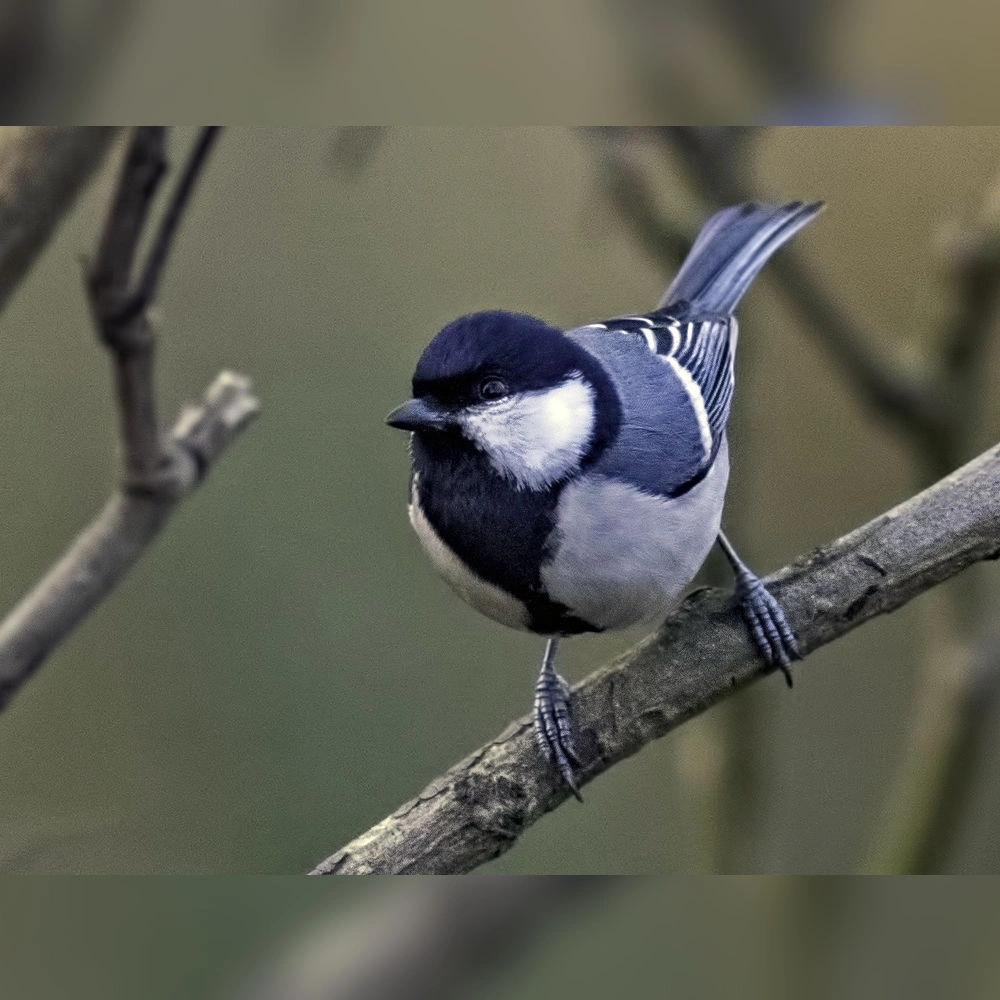
Asian Tit
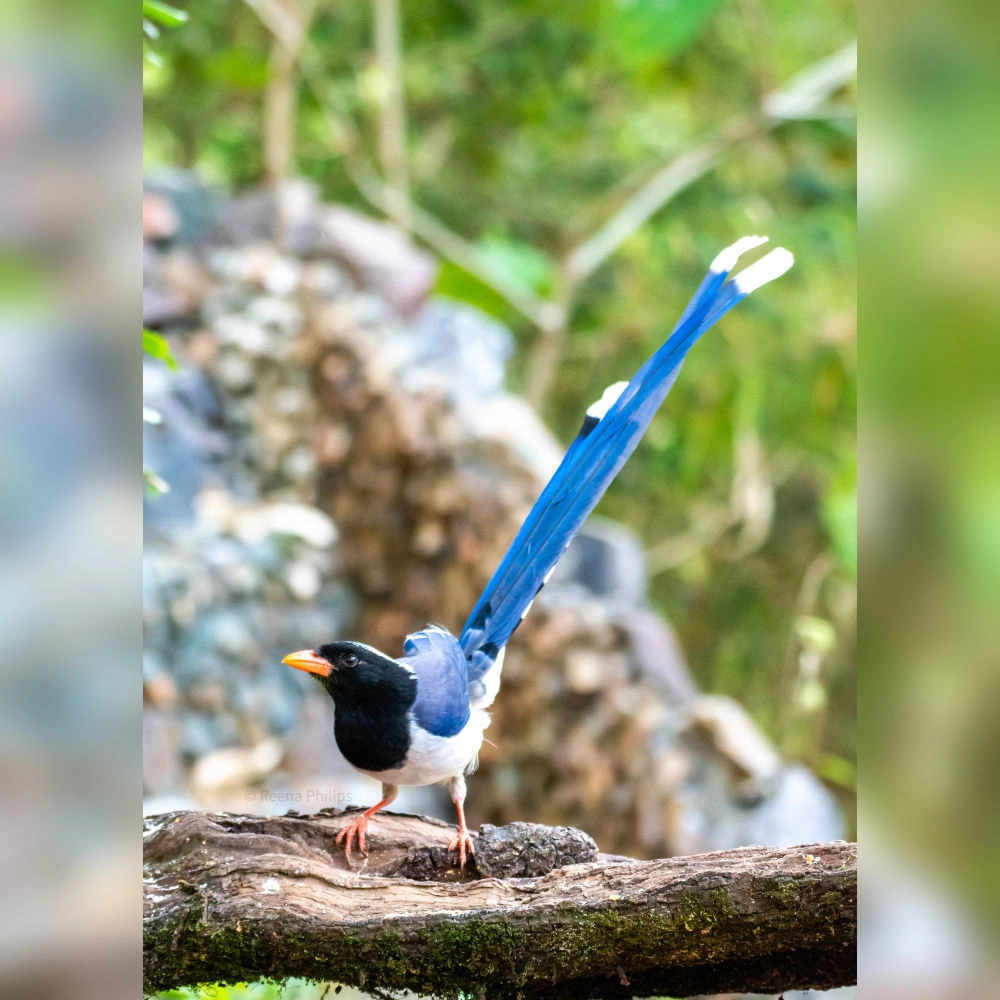
Yellow-billed Blue Magpie
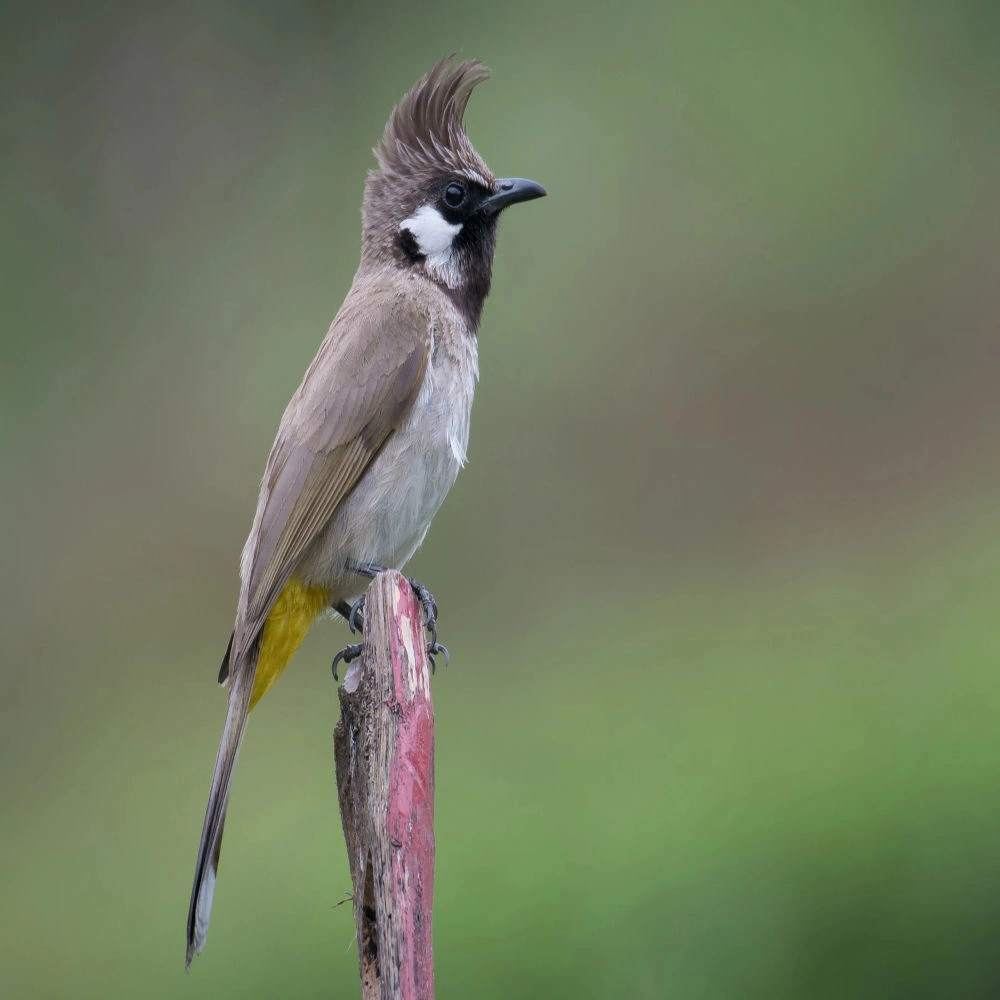
Himalayan Bulbul
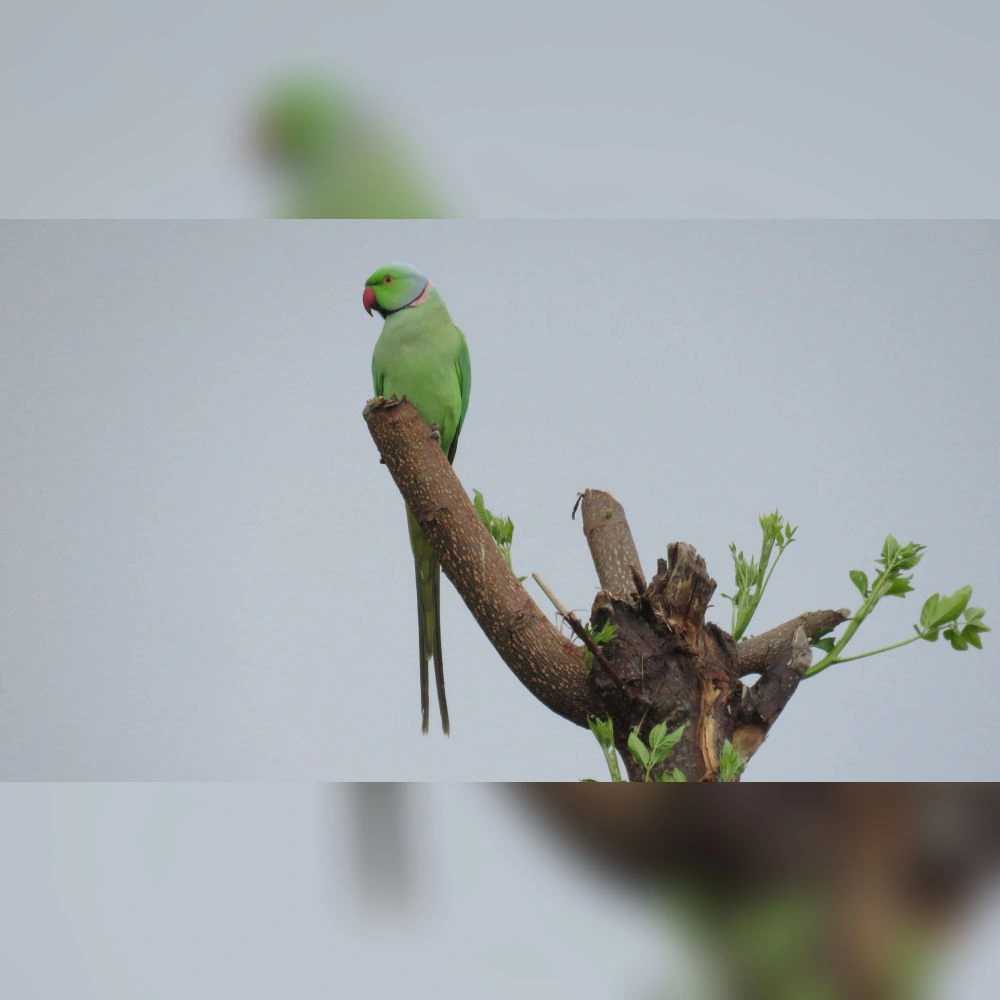
Rose-ringed Parakeet
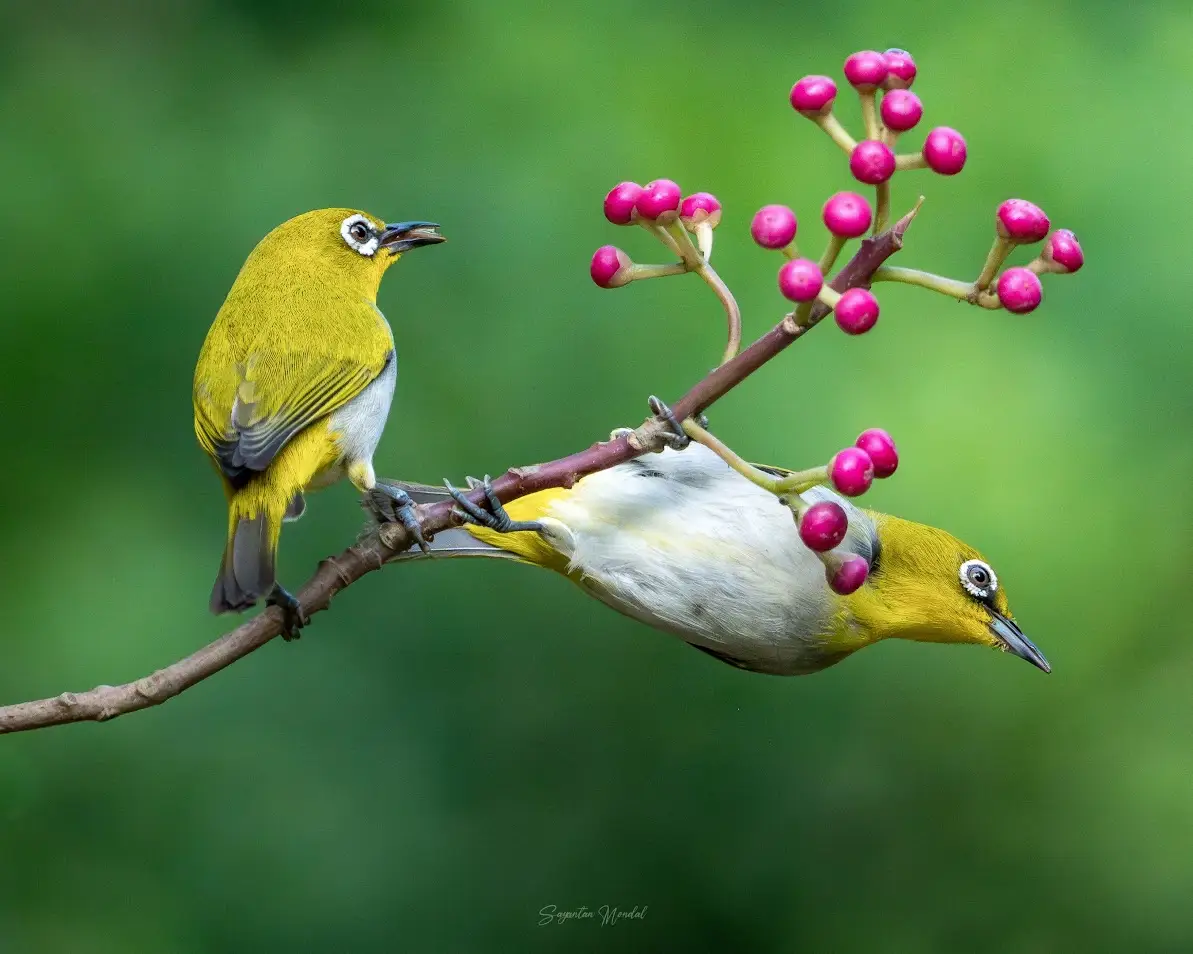
Indian White Eye

Black Kite
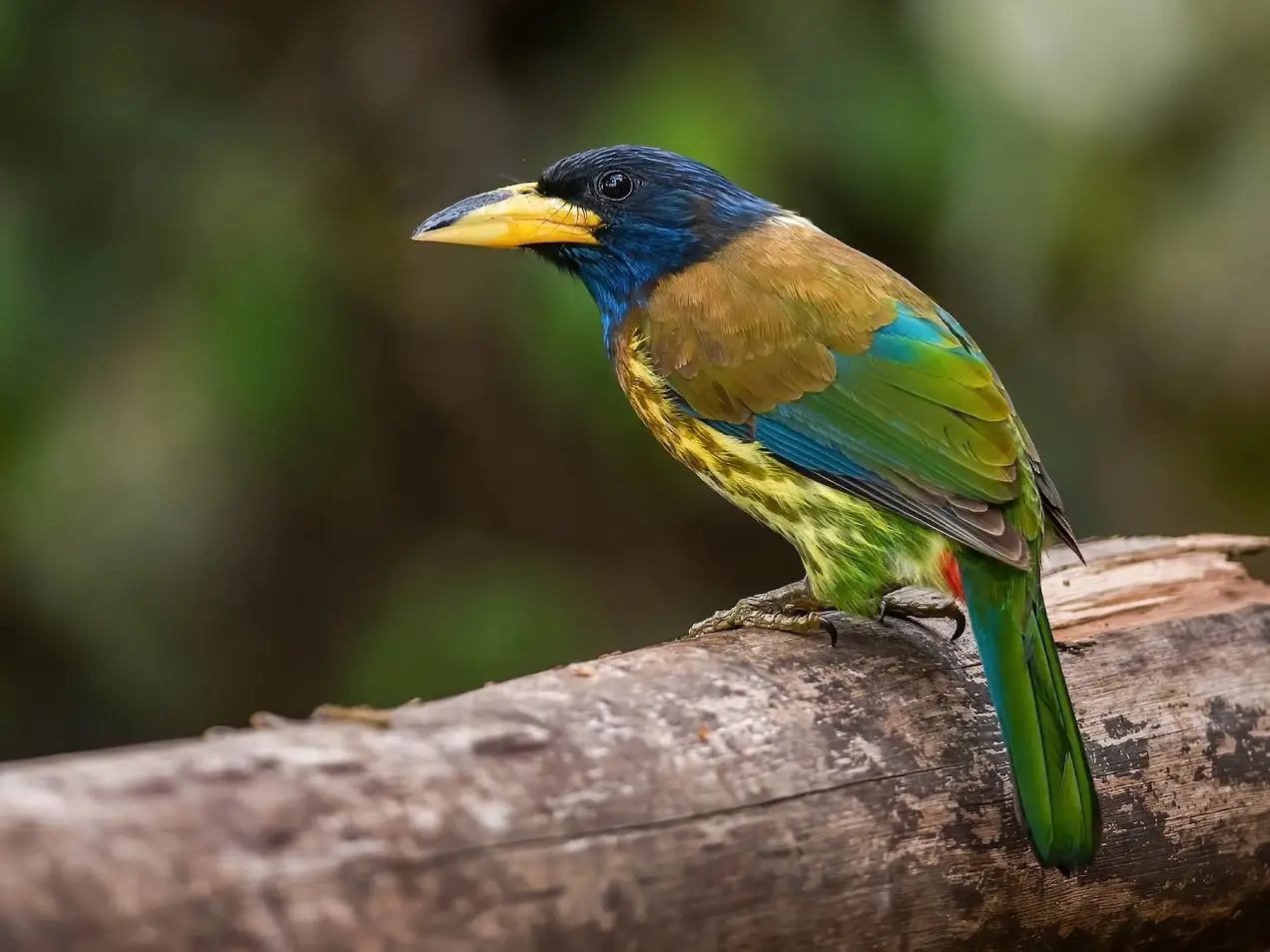
Great Barbet
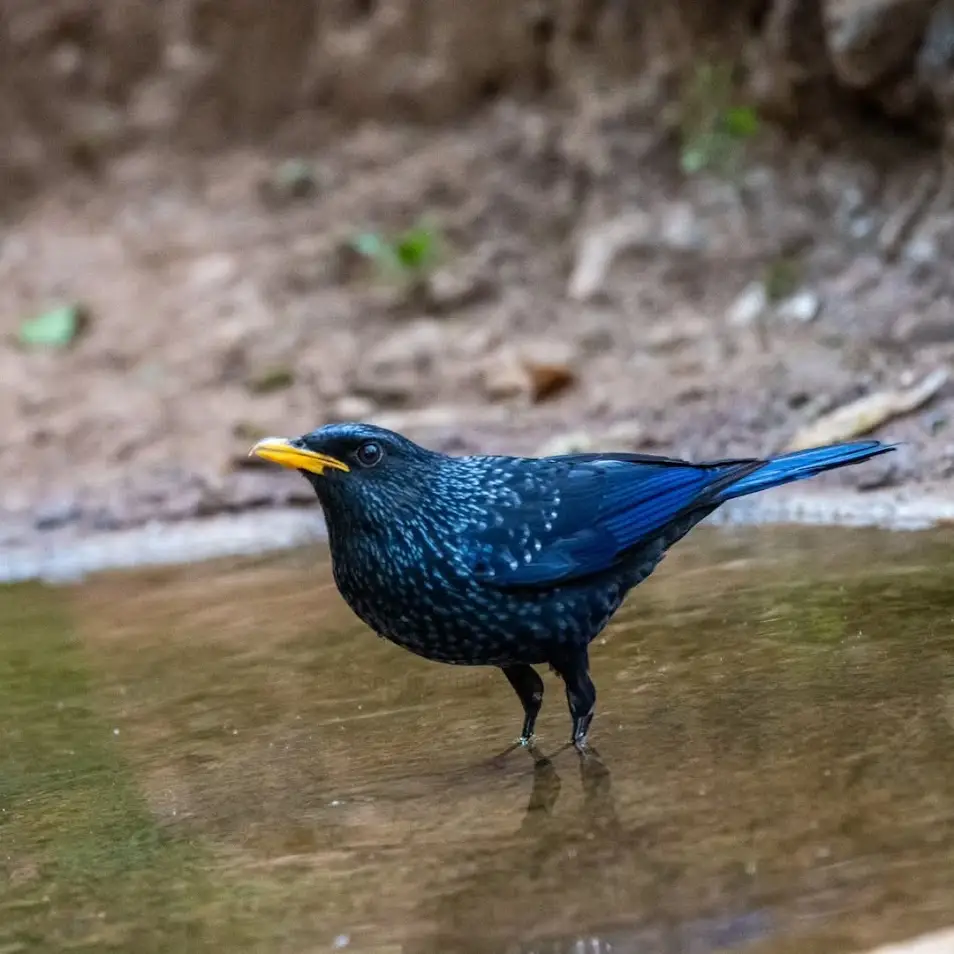
Blue-whistling Thrush
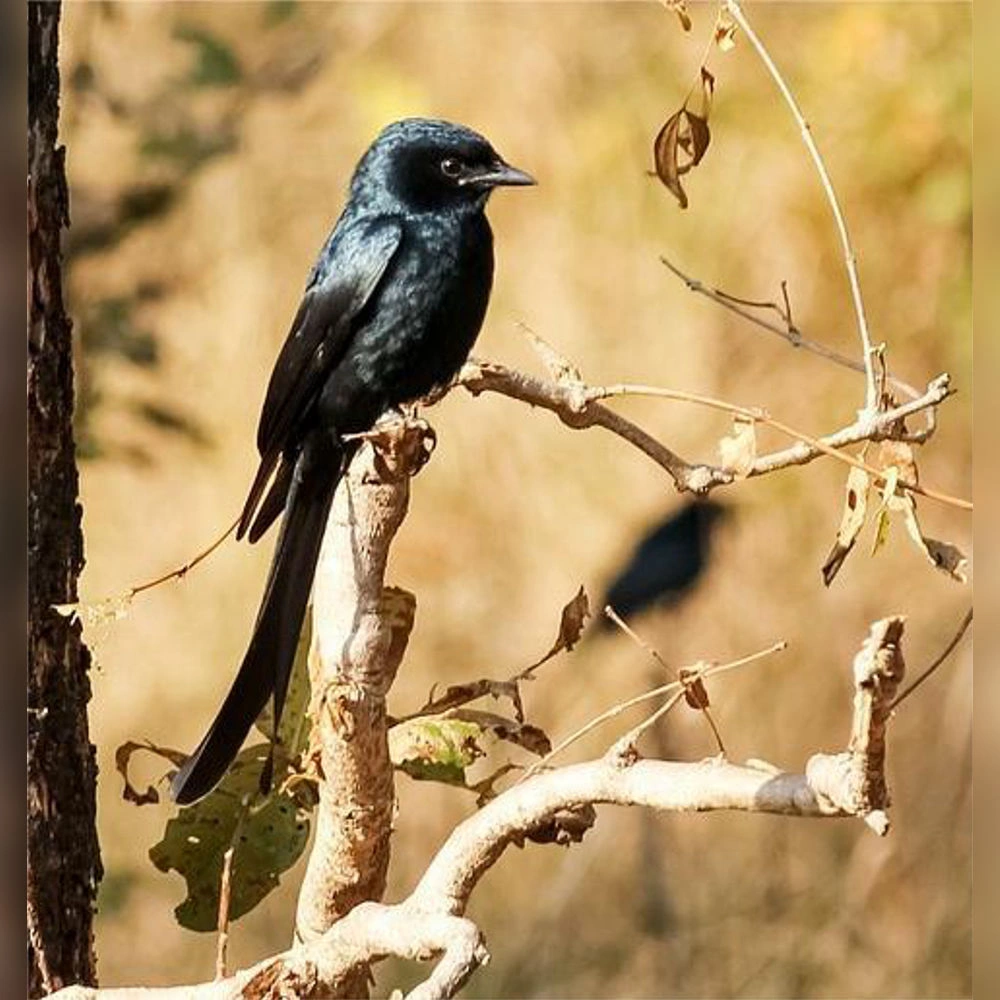
Black Drongo
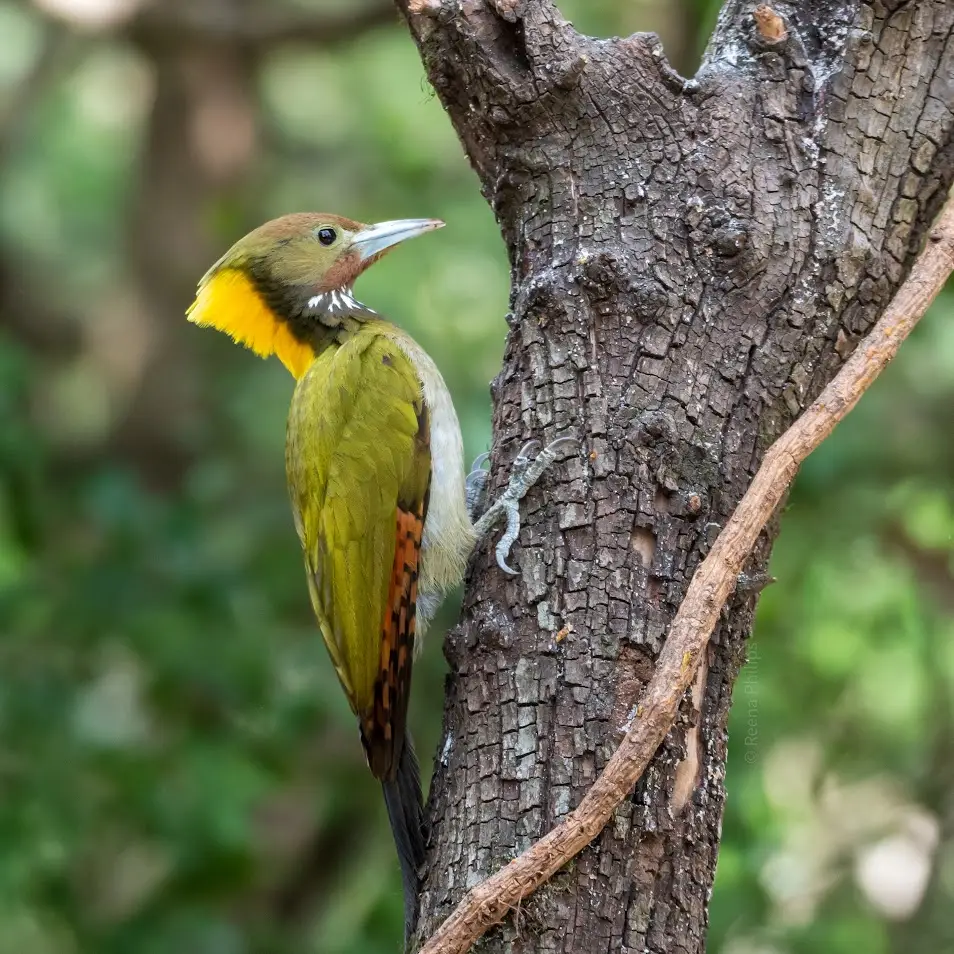
Lesser Yellownape
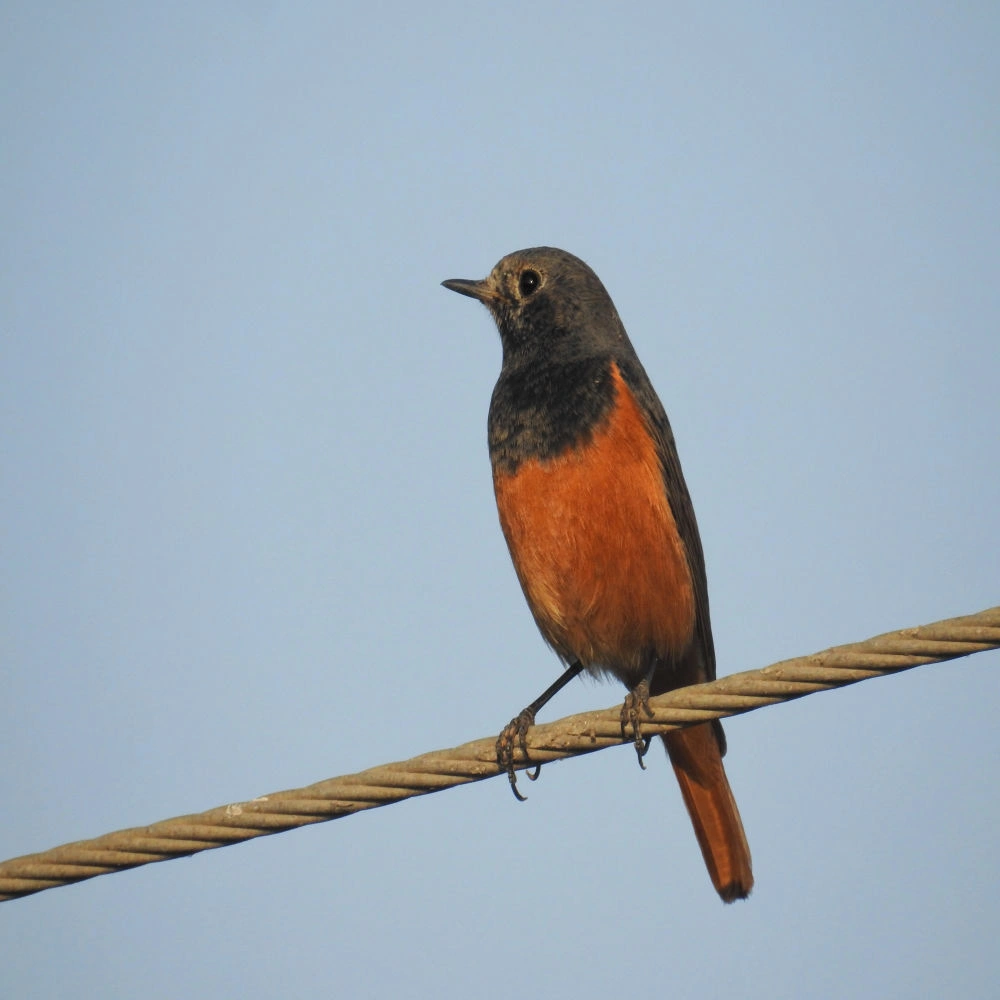
Black Redstart
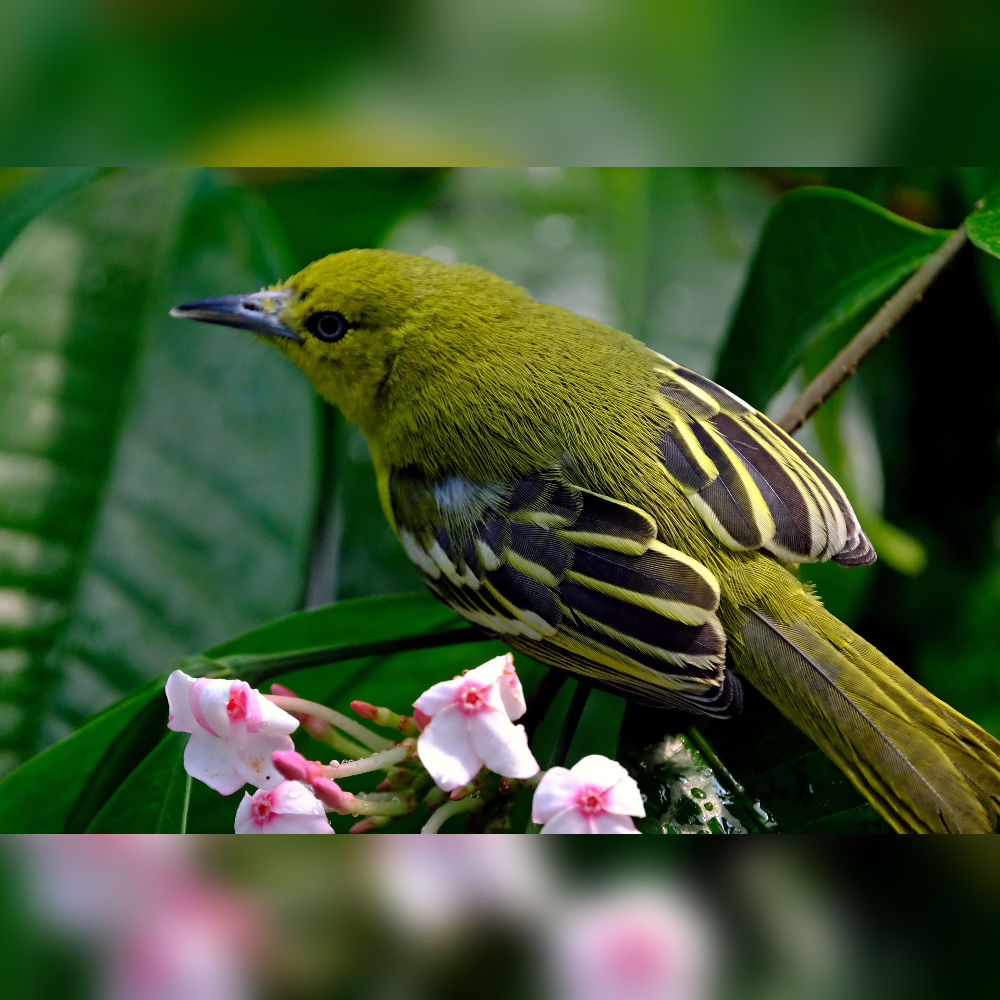
Common Iora
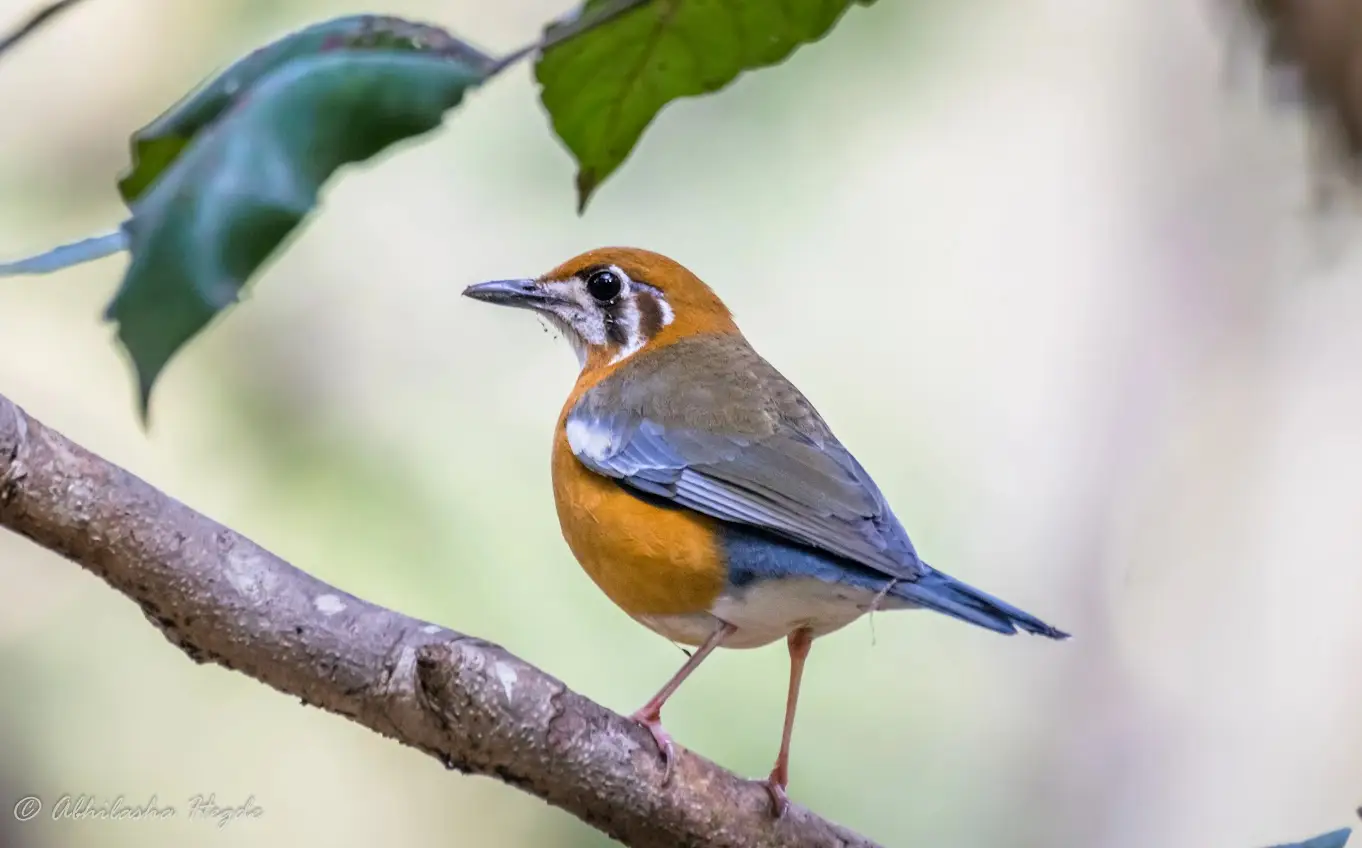
Orange-headed Thrush
